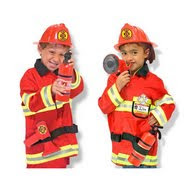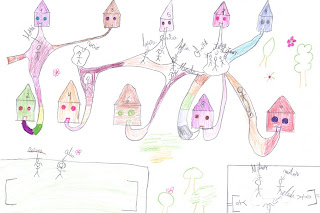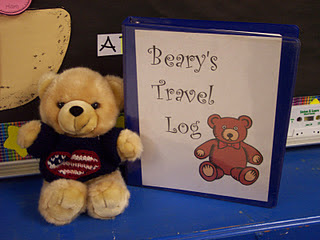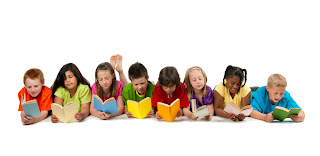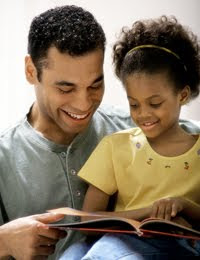 Early childhood is an amazing time when
Early childhood is an amazing time when  children are learning about the world around them. All of their experiences teach them so much. Literacy learning is one part of development which relies hugely on a child's early experiences. As adults, part of our job is to facilitate rich, meaningful experiences that will help children become lifelong readers and writers. This should start as soon as we meet the child. For parents, this means the process of fostering literacy development begins at birth; for educators, this process begins when a child enters the classroom.
children are learning about the world around them. All of their experiences teach them so much. Literacy learning is one part of development which relies hugely on a child's early experiences. As adults, part of our job is to facilitate rich, meaningful experiences that will help children become lifelong readers and writers. This should start as soon as we meet the child. For parents, this means the process of fostering literacy development begins at birth; for educators, this process begins when a child enters the classroom.Allowing children to feel comfortable in their environments helps them become confident learners and risk-takers. Children who feel comfortable in their environments and the people around them will share their opinions and make their ideas known. The process of expressing themselves holds so many opportunities for great literacy development. Children
 might decide to make signs for a class or school event, write letters to family members, create a petition for an issue they believe in, film a commercial for a product or event, or start a blog about their favorite things to do. We, as adults, play a role in this personal or group expression by providing encouragement and resources as necessary. We can ask questions about children's thoughts and plan to help them think critically to find productive and meaningful methods of expression. When children are involved in this planning and these thought processes about topics of interest to them, they are learning so much about their roles in the world as writers, readers, and public speakers.
might decide to make signs for a class or school event, write letters to family members, create a petition for an issue they believe in, film a commercial for a product or event, or start a blog about their favorite things to do. We, as adults, play a role in this personal or group expression by providing encouragement and resources as necessary. We can ask questions about children's thoughts and plan to help them think critically to find productive and meaningful methods of expression. When children are involved in this planning and these thought processes about topics of interest to them, they are learning so much about their roles in the world as writers, readers, and public speakers.In order to help children become successful writers, we first need to help them understand what a "writer" or an "author" is. Every time a child reads or hears a book, she is interacting with an author, even if she is not aware. To help children develop an awareness of the people behind the books they read, parents and teachers can include the author's and illustrator's names every time they read a book aloud to a child. Providing more information about authors and illustrators, such as photos, biographical
 information, and additional works, can help children connect more deeply with the books they read. We can point out authors' styles and describe the types of books they write in order to help children think about the wide variety of available texts. All of these connections to books, authors, and illustrators are part of preparing children to be writers themselves. They will begin to use their knowledge of how books are written to create their own stories and books.
information, and additional works, can help children connect more deeply with the books they read. We can point out authors' styles and describe the types of books they write in order to help children think about the wide variety of available texts. All of these connections to books, authors, and illustrators are part of preparing children to be writers themselves. They will begin to use their knowledge of how books are written to create their own stories and books.Also, don't forget to refer to your children as authors, readers, and activists, and treat their ideas with respect! When they see and hear that you value their work, they will be excited to do more, continuing their literacy development.






